In the manufacture of aromatic candles, modern masters use an extensive list of all sorts of additives that give the finished products an extraordinary fragrance. Experiments with various multicomponent compositions allow both beginners and experienced candles to receive truly amazing results. What fragrances are used in the creation of aromasons, which flavors are suitable for the manufacture of handmade products, will be discussed in the article.
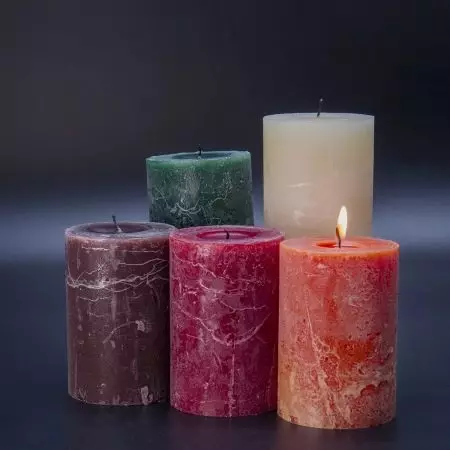
general description
Flavoring - liquid, solid, powdered and oily substances, most of which dissolve well in water and / or fats. The ability of these substances to dissolve in water and fat substances allowed them to apply them in the manufacture of aromatic candles, soaps and other handmade souvenir products. The technique of application and the expenditure rate of the fragrant substance in the process of work depend on what kind of fragrance is related to the species.


Review of species
Depending on the origin, it is customary to distinguish Natural and synthetic flavors for candles. Each species of aromatic components has its own specific features.
It is important to note that the experienced candles strongly recommend novice masters when working with any flavoring of caution and moderation - no matter what kind it refers.
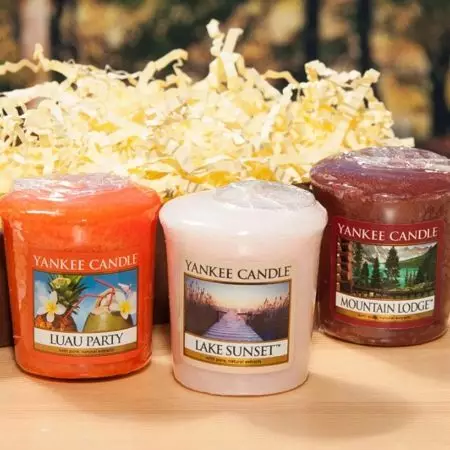
Essential oils - oil or oil-like dense or moderately thick liquids with a strong, pronounced smell. Essential oils are obtained by distillation (distillation with water vapor), extraction or pressing of plant raw materials - flowers, leaves, fruits, kidneys, roots and root. In the manufacture of aromasons, citrus, coniferous, floral and spicy essential oils received great distribution. Considering the high concentration of this type of flavors, the masters use them with extreme caution, spending, as a rule, no more than 10 drops of 400 grams of melted wax
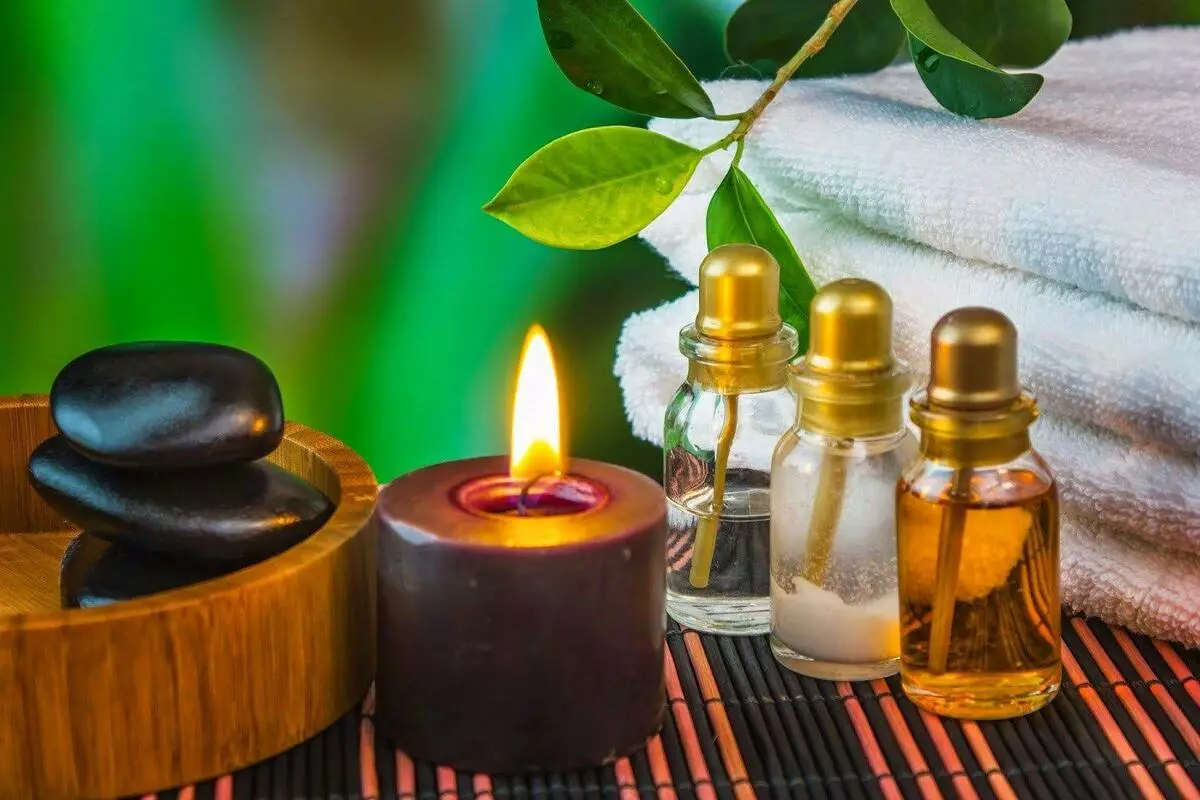

Natural ingredients - a group of aromatic substances having predominantly plant origin. This type of flavors includes dried and crushed flowers and herbs, citrus fruits, all kinds of fragrant spices and spices.
It should be noted that the components of this group are not dissolved in water, nor in fats, therefore the manufacture of aromasuals with their use requires special knowledge and experience.
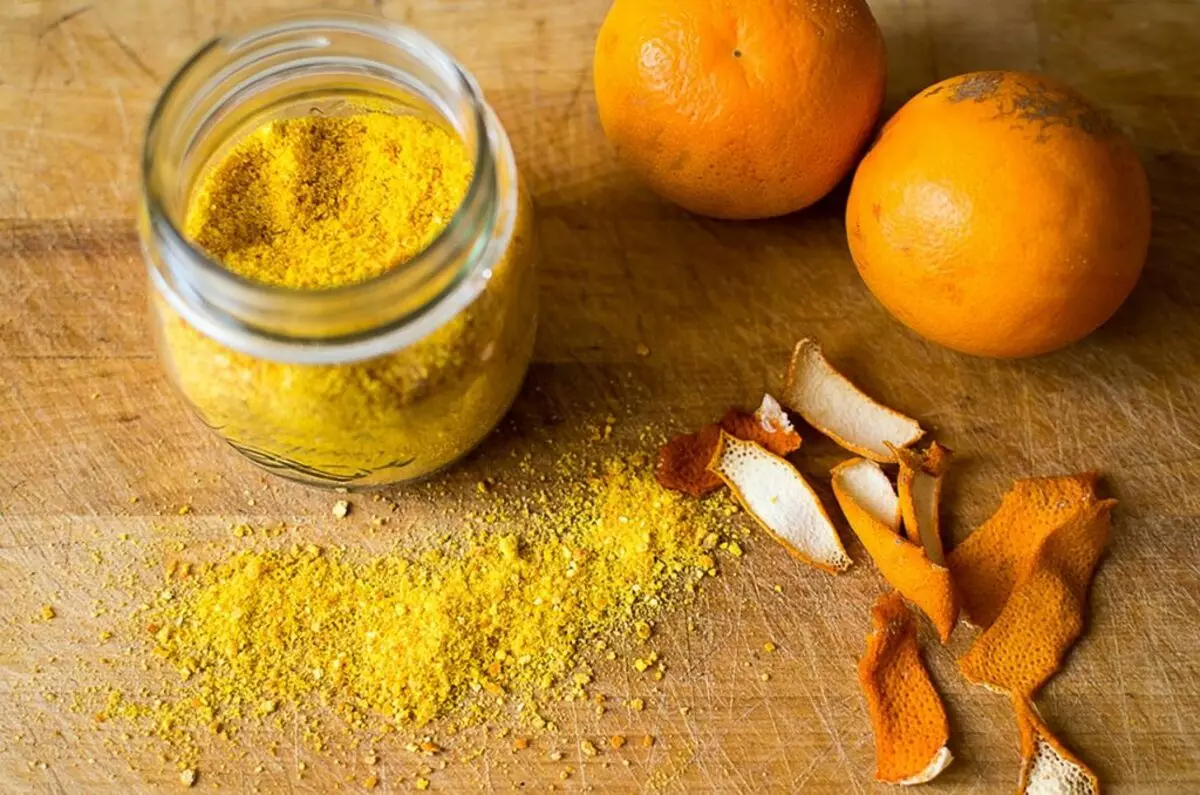

So, one of the most common mistakes of novice masters when working with ingredients of natural origin is their unlimited spending. The use of a too large quantity of flavors of this category usually leads to the fact that the wax in the process of work is poorly freezing or does not freeze at all, and the finished candle is almost lit, crackles, highlights with a burning of a lot of black smoke and soot. In order to avoid this experienced masters, only proven and high-quality natural ingredients in the amount of not more than 1 tbsp were recommended to be used to aromatize handmade candles. Spoons at 450 grams of wax.
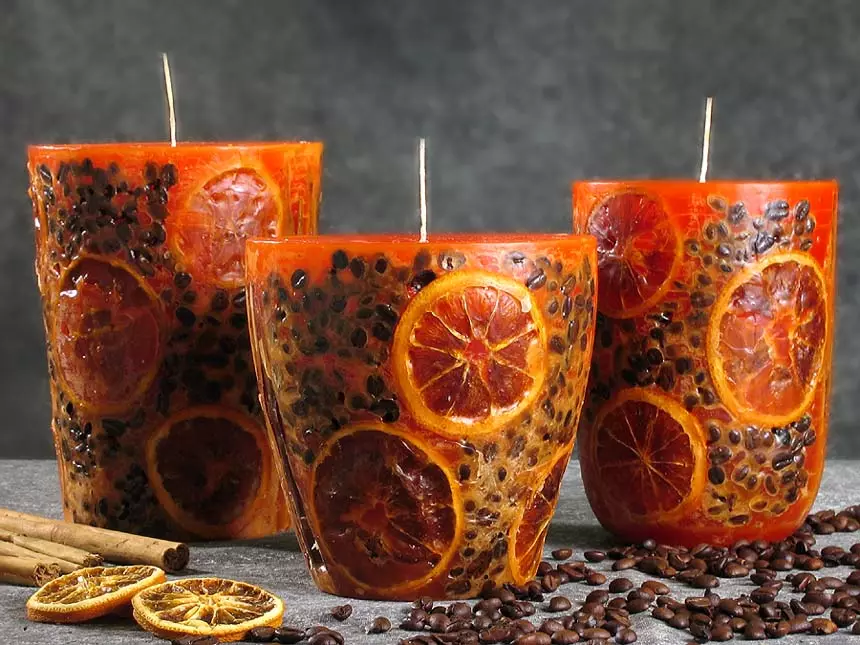
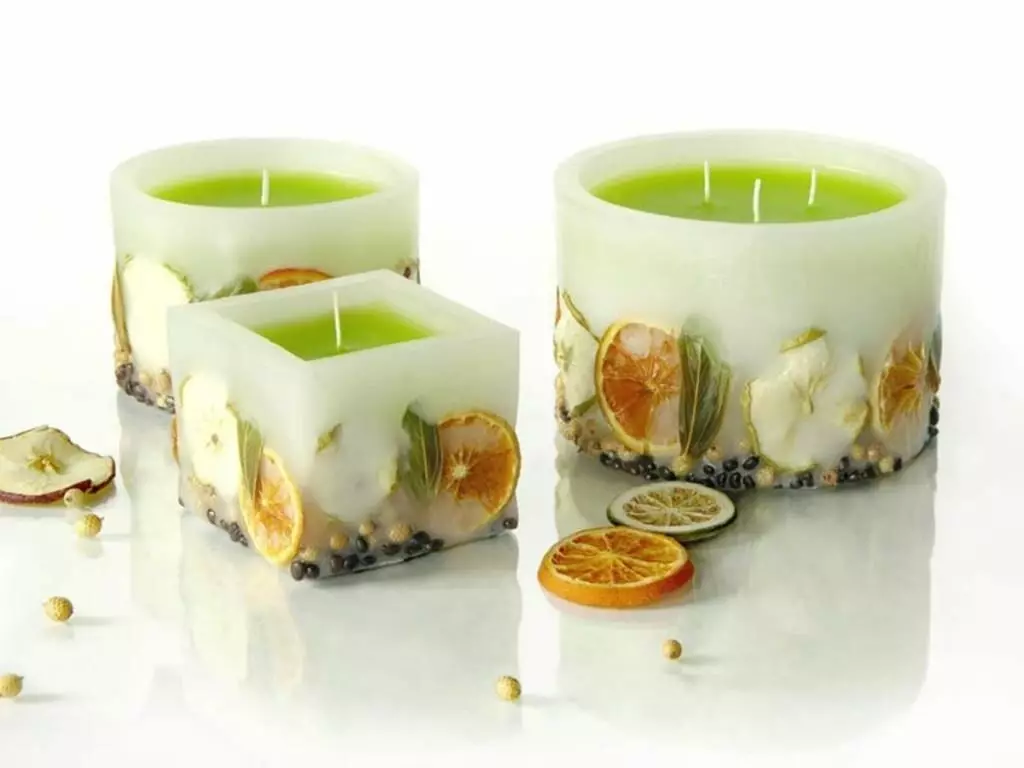
Aromatic or fragrant oils (FRAGRANCE OIL) - another popular variety of flavors, including fragrant synthetic oils and natural essential oils diluted with additional components - propylene glycol, mineral or vegetable oil. One of the features of this group is an unusually wide selection of aromas - including those that it is impossible to detect among natural essential oils.
Thus, from the most unusual aromatic oils of artificial origin, it is possible to mark oils with the smell of freshly rolled grass, green and black tea, bitter and milk chocolate, amaretto, baby powder and even almond pie. Most of the flavors of this group are highly concentrated, so experienced masters are advised during the work not to exceed the recommended rate of consumption, which is 10 drops of 450 grams of melted wax.

Perfume components and their compositions are the form of flavors for candles manufactured on the basis of natural essential, but most often synthetic fragrant oils. The intensity of the aroma in this case depends on the composition of the product and the concentration of ingredients included in it. Among modern masters are particularly popular with perfumed flavors, imitating odors of elite male and female spirits. On average, the rate of consumption of flavors of this category is about 30 drops of 450 grams of molten wax.

In addition to emulsions, perfumed components for flavoring candles can be represented in the form of granules, capsules, powder. Each type of these flavors provides its specific appliance technique and expense rate (with this information can be found in the instructions attached to the product).
What better to use?
The best flavors suitable for the manufacture of candles, experienced masters consider natural essential oils. They are well dissolved both in water and in fat substances (including in molten wax), and candles made with their addition exude very bright, strong aromas.
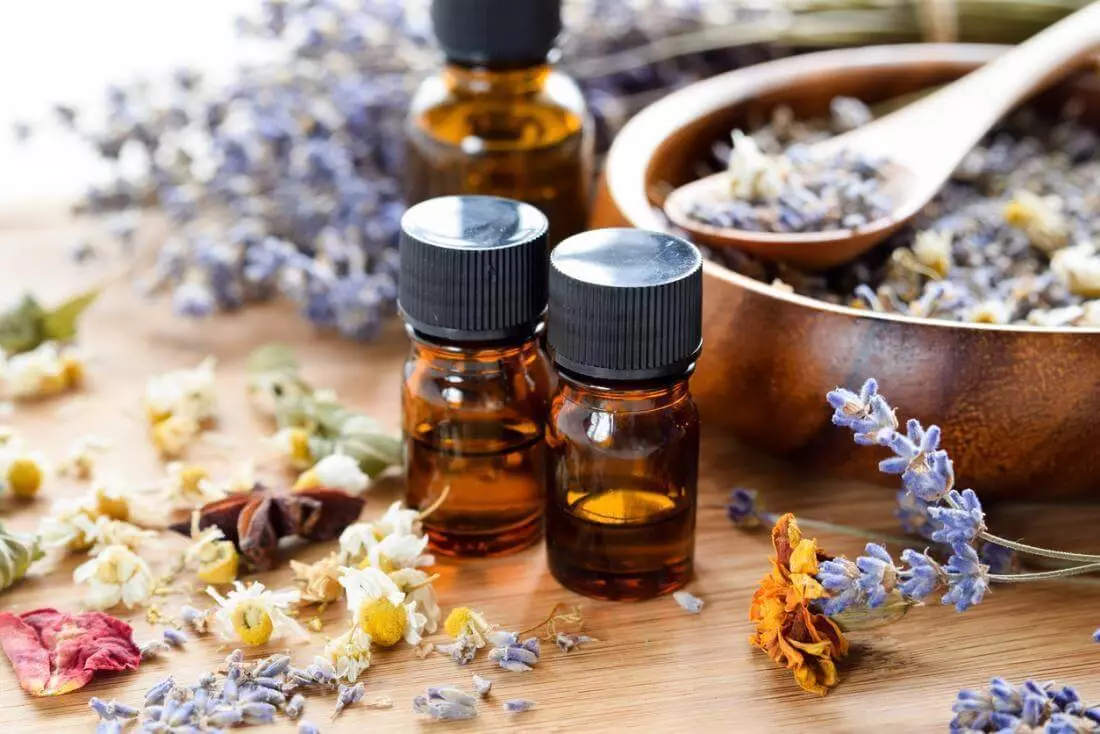
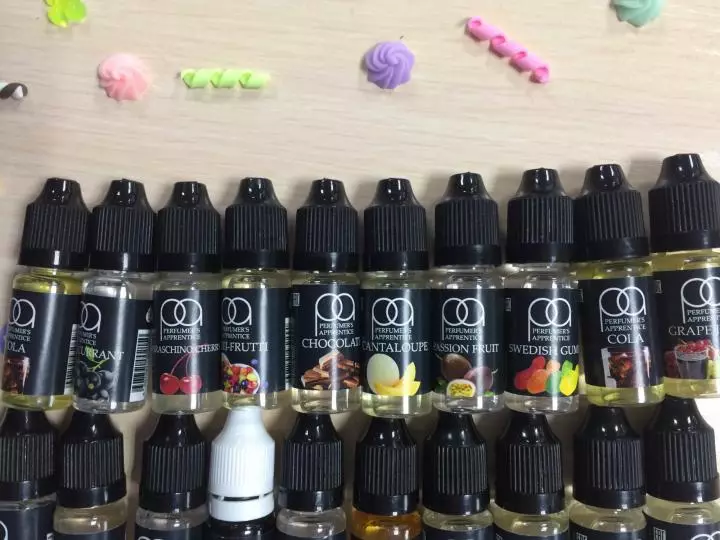
The most popular manufacturers of essential oils manufactured from environmentally friendly and high-quality raw materials are several companies:
- Europe: Bergland-Pharma (Germany), Styx (Austria), Florame (France);
- Russia: Botanika, Elfarma, Mirrolla;
- USA: Aura Cacia.
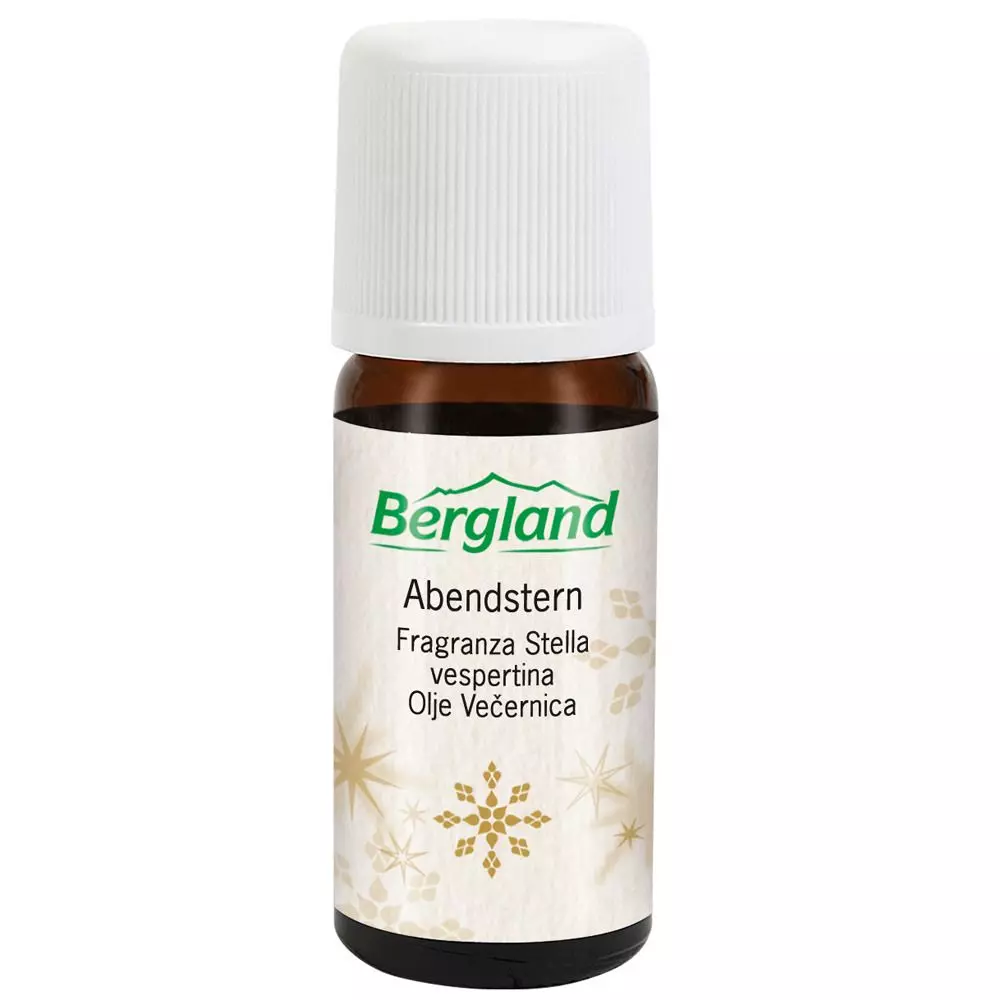

Products of all of the above manufacturers are in high demand among consumers. However, regardless of which product, the master intends to use in his work (American, European or Russian), experienced candles recommended to pre-test it on a small amount of prepared material. As well as the masters with experience do not advise the beginners immediately begin experiments with multicomponent essential compositions, the creation of which requires certain experience and skills.
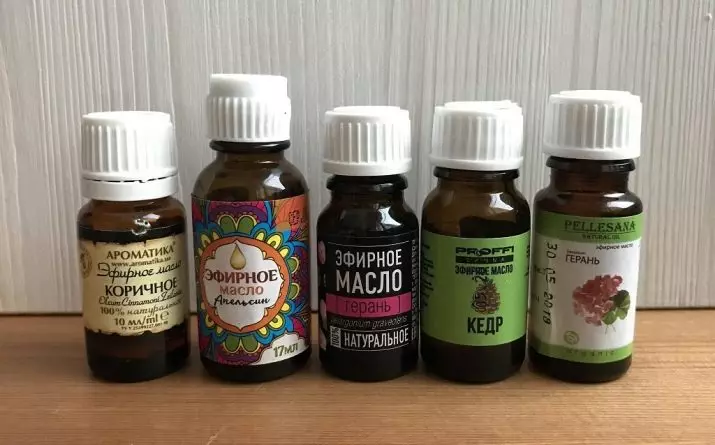
The least suitable for flavoring candles, according to many masters, are synthetic components and natural vegetable ingredients (pressed herbs, dry flowers, spices). Working with flavors of these categories is preferably preferably after receiving experience in the spoffy of essential oils.

